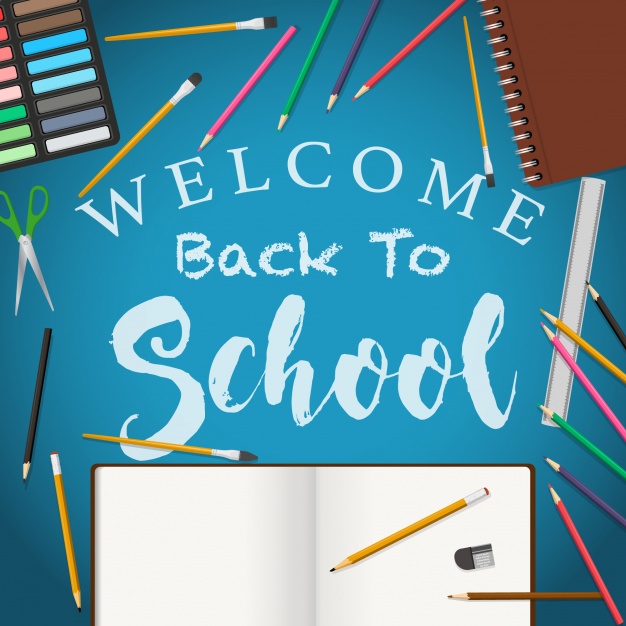
Back to School

With summer waning and temperatures beginning to cool, many American families are preparing for the start of a new school year. Typically, a new school year brings a certain amount of excitement and anticipation. Shopping for supplies and new clothes; meeting new classmates, making new friends, and meeting new teachers are all among the rituals that many kids and their parents look forward to each fall. It’s a time for renewal and a fresh start.
But like so many other things COVID has taken from us, the start of this school year is faced with dread instead of joy. So many questions remain about the safety of returning to a physical classroom, and for how long that might last, no matter where you live. For those who will return to the classroom, what kinds of accommodations will be made and how will they affect learning? For those who are at home, what improvements, if any, will there be to virtual learning? All that ambiguity leads to stress and that’s a problem faced by everyone involved.
Now apply all that uncertainty to children with special needs and their parents. Most children thrive on structure, but children with disabilities often can’t function without it. And as teachers, students, and parents learned this past spring, learning remotely is not always an easy or successful replacement for in-class learning. In fact, educators and parents discovered that a great many children, particularly those with special needs, lost ground on their developmental progress and experienced sadness, increased anxiety, and an uptick in frustration and aggressive behavior.
The detriments of being educated at home aren’t specific to children with special needs, but the loss of individual accommodations and special services are. Furthermore, the isolation of being at home has had a more profound affect on these kids. Children with special needs often don’t have many friends outside of school and a great deal of their social life is school. For some, their teacher is their closest friend. Being deprived of that connection isn’t a gap that a parent can easily bridge.
For now, some schools will return to classrooms with required and necessary changes to their typical practices in order to adhere to safety guidelines and others will be remote. Schools that will remain online are working to make improvements.
Ultimately parents will continue trying to fill a significant role that they weren’t trained or prepared for. And for those who have a child with a disability, many with multiple children, things will fall through the cracks.
So how should parents approach what looks to be another difficult year of school for their children? Experts say that structure is key. Get up at the same time every day. Create schedules for each day and attempt, within reason, to replicate a typical school day. If your child isn’t getting required services, push the school to facilitate them via online instruction. Parent advocacy and support groups offer online social engagement for kids; join those groups if your children don’t have other friends.
And go buy those supplies! It is after all, still a new beginning.
Hope Trust serves clients throughout the United States.

